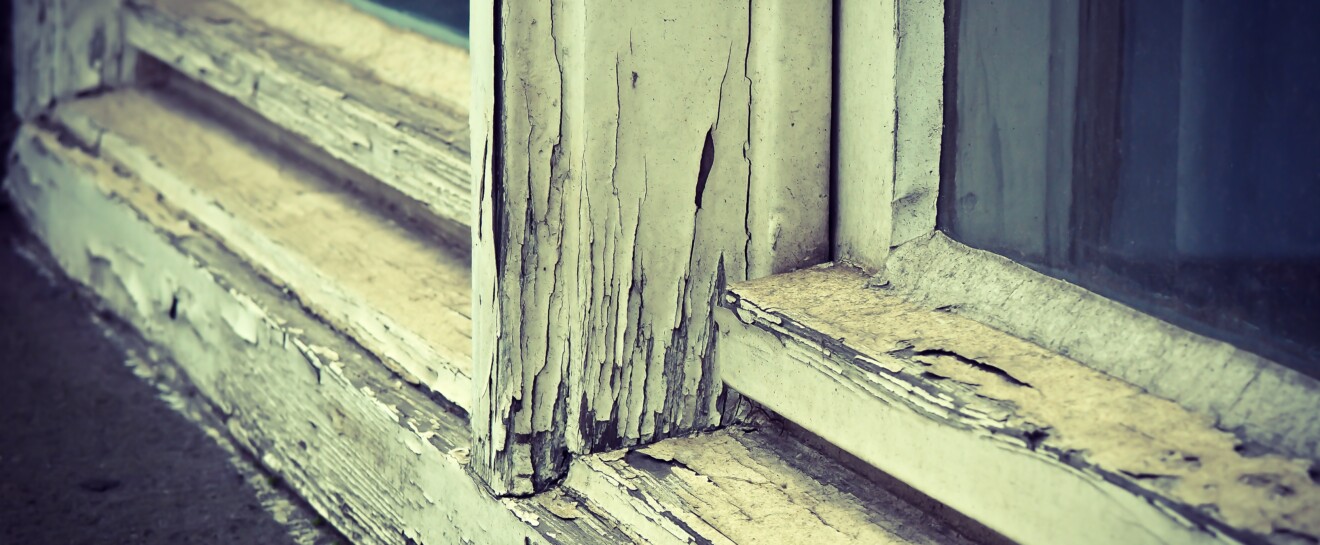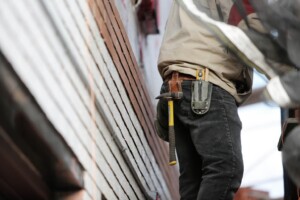Window Installation, Comparing The 2 Most Popular Replacement Methods.
Which method is right for you?
When replacing existing windows and doors, there are typically two types of installation methods: Insert replacement (also known as jumping the frame) and full frame replacement (complete tear-out). An insert replacement involves retaining the existing window structure and installing a new frame within it. This method keeps the original frame intact and removes only the glazing (glass). It is best suited for situations where the existing frame is in good condition, showing no signs of deterioration or damage. However, this approach relies on the insulating properties of the old frame, which may be limited.
A full frame replacement, on the other hand, involves removing the entire window assembly down to the studs. This allows for a thorough inspection of the surrounding structure and the opportunity to address any underlying issues before installing a completely new, well-sealed, and insulated window unit.
Pros of Insert Replacement:
If you’re aiming to preserve the heritage look of your home, insert replacement allows for continuity with existing interior and exterior moldings. It offers improved energy efficiency compared to older windows and is a less invasive installation process, which can result in cost savings.
Cons of Insert Replacement:
The success of this method depends entirely on the integrity of the existing frame. Once the glazing is removed, hidden moisture damage may become apparent, potentially requiring full reframing and additional costs. Insert replacements can also conceal structural issues, as the new window simply covers the old frame. While they offer an upgrade over outdated windows, insert replacements are generally less energy efficient than full-frame installations and may reduce the overall viewing area.
Pros of Full Frame Replacement:
This method delivers superior energy efficiency and allows for the identification and repair of any hidden structural problems. By replacing everything with new, high-performance materials, homeowners benefit from better insulation, increased longevity, and a maximized viewing area that enhances natural light. The investment also contributes to long-term savings through improved energy performance.
Cons of Full Frame Replacement:
The primary drawback is the higher upfront cost, though this is often offset over time by energy savings. The installation process is more disruptive and time-consuming, but it provides a more comprehensive and lasting solution.
Comparing Insert vs. Full Frame Replacement
When deciding how to upgrade your windows and doors, it’s important to weigh the benefits of each installation method. Insert replacements are ideal for quick, cost-effective upgrades when the existing frame is in good shape. Full-frame replacements, while more involved, offer the highest level of performance, durability, and long-term value. Choosing the right method depends on your home’s condition, aesthetic goals, and budget priorities.
Insert Replacement
Insert replacement installs a new window unit into the existing frame, removing only the old glazing (glass). This method works best when the original frame is in sound condition, free of rot, warping, or moisture damage and when you want a less invasive upgrade.
Pros:
- Preserves interior and exterior moldings for a consistent look
- Improves energy efficiency compared to outdated windows
- Keeps installation time and disruption to a minimum
- Lowers upfront installation costs
Cons:
- It depends entirely on the structural integrity of the old frame
- May conceal hidden moisture or damage until after installation
- Reduces the overall viewing area because the new frame sits inside the old one
- Delivers more modest insulation gains compared to full-frame replacements
Full Frame Replacement
Full frame replacement removes the entire window assembly, including the old frame, down to the rough opening (studs). This approach allows for a comprehensive inspection and the installation of a brand-new, purpose-built window system.
Pros:
- Enables thorough inspection and repair of any hidden structural issues
- Installs fully insulated, high-performance units for maximum energy savings
- Preserves or even expands the viewing area for better natural light
- Provides long-term durability and minimizes future maintenance needs
Cons:
- Requires a more involved installation process
- Involves higher upfront costs and greater site disruption
Side-by-Side Comparison
|
Feature |
Insert Replacement |
Full Frame Replacement |
|
Scope |
New unit inside existing frame |
Entire assembly down to studs |
|
Structural Inspection |
Limited to visible frame elements |
Comprehensive examination of rough opening |
|
Energy Efficiency |
Moderate improvement |
Maximum efficiency with modern insulation |
|
Viewing Area |
Decreased due to added frame thickness |
Preserved or increased |
|
Installation Cost |
Lower initial investment |
Higher upfront cost |
|
Disruption |
Minimal noise and mess |
More invasive but controlled |
|
Future Maintenance |
Potential for hidden issues to resurface |
Less risk of concealed damage |
Which Method Makes Sense For You?
Insert replacements, suit homes with well-maintained frames or when preserving historic moldings is a priority. They offer quicker installation and lower costs, but they stop short of resolving hidden defects and achieving peak energy performance.
Full frame replacements demand more upfront work and investment, yet they deliver superior insulation, ensure structural integrity, and maintain full viewing area. Over the long run, they provide greater peace of mind, durability, and return on investment.
If you’re weighing both options, the right choice hinges on your budget, timeline, and tolerance for future maintenance. But for homeowners who prioritize energy efficiency, structural health, and unobstructed views, a full frame replacement stands out as the stronger, long-term solution.
Berdick 9000 series renovation window
The Berdick 9000 Series Renovation Window has become the go-to choice for renovation professionals. Its one-piece, heavy-duty multi-chamber vinyl frame, with an integrated 1 5/8″ brickmold-delivers exceptional durability, superior thermal performance, and a sleek, seamless look.
Not Just Another Window Manufacturer
Berdick is a family owned and operated window and door manufacturer that has specialized in windows and doors since 1973. Contact Berdick today for a free quote on products and installation services. If you are not in the local area, they can suggest many authorized dealers throughout British Columbia.
Berdick offers many doors options from several brands. Check out these websites for design ideas.
https://www.groupenovatech.com/en_canada_west/
If you found this information helpful, you may want to read a few of our other articles that can be found here.
Please click here for more detailed product information.





